Most older paintings have had organic varnish coatings applied to the canvas. Over time these varnishes yellow often to an extreme degree. The molecular structure of organic varnishes also cross links, making them more difficult to remove the longer they remain on the painting. Dirt and grime also build up on the surface making the colors less vibrant and obscuring detail. The results of removing the old coatings shown below speak for themselves.
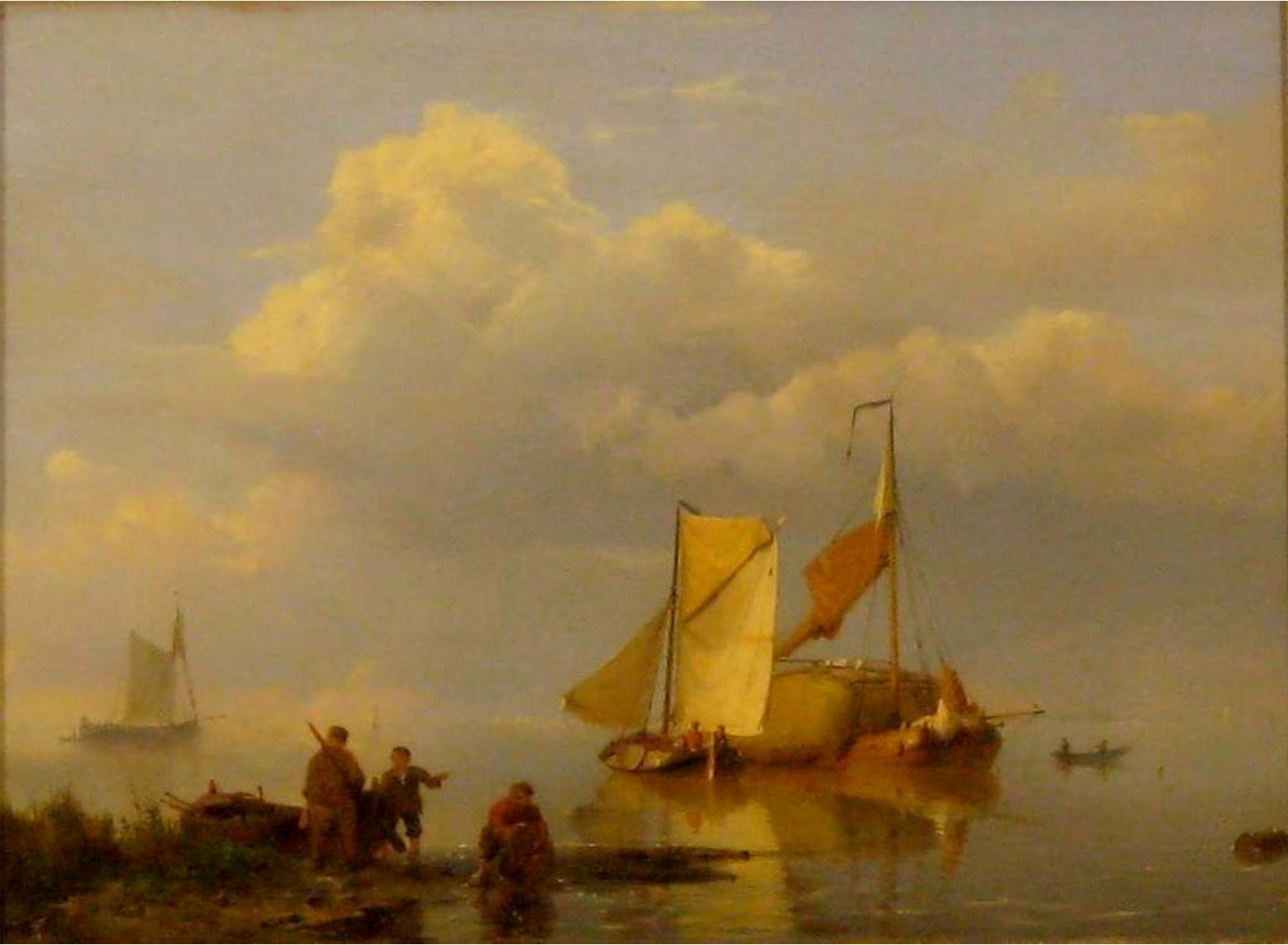
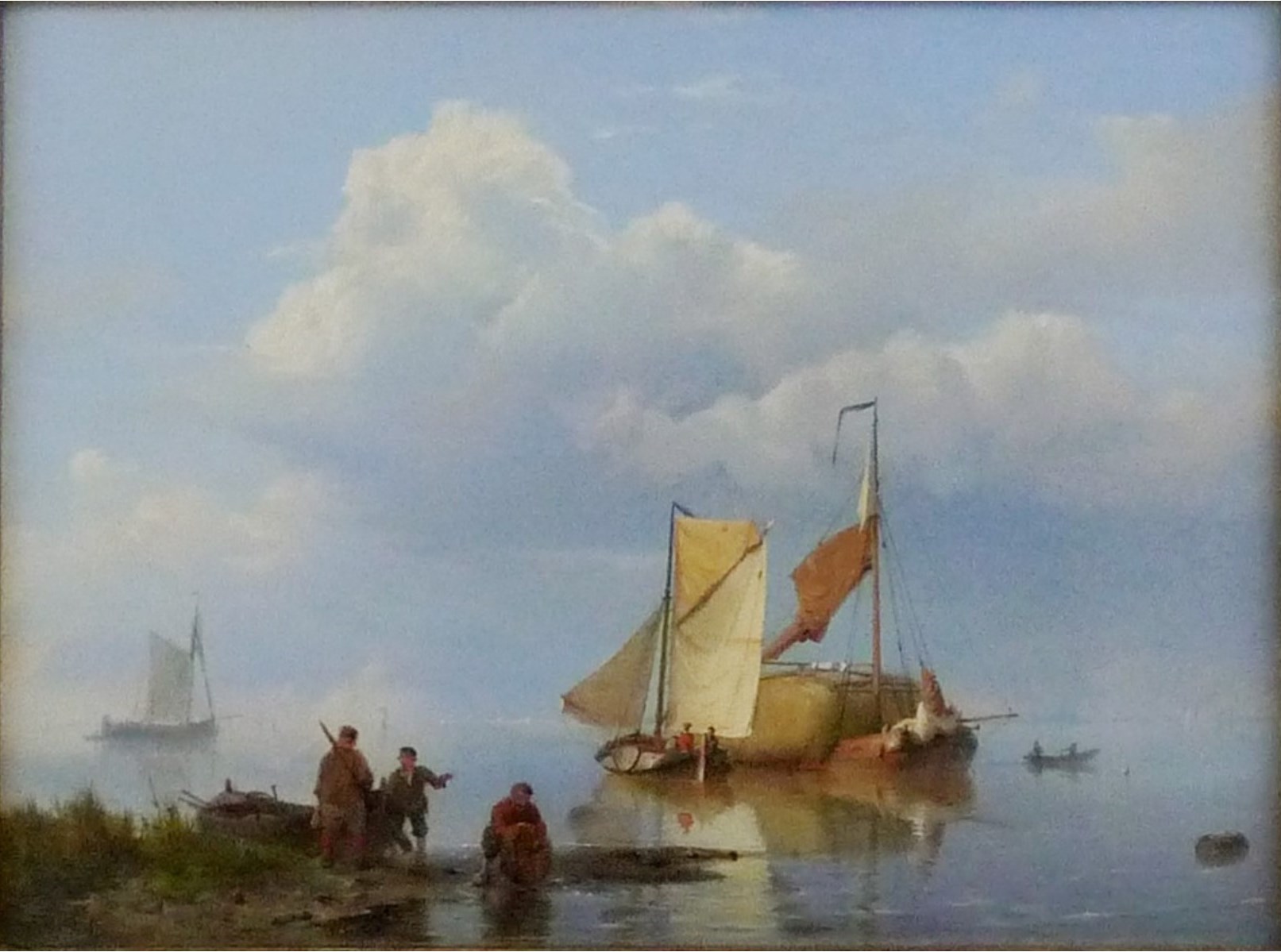
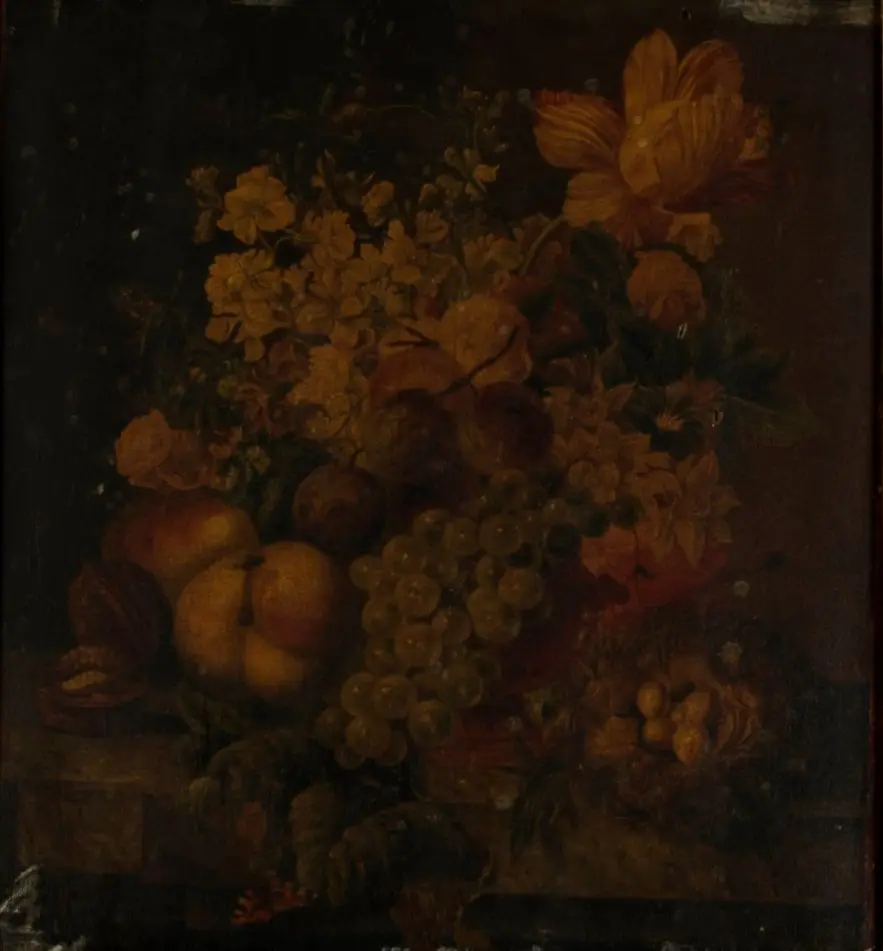
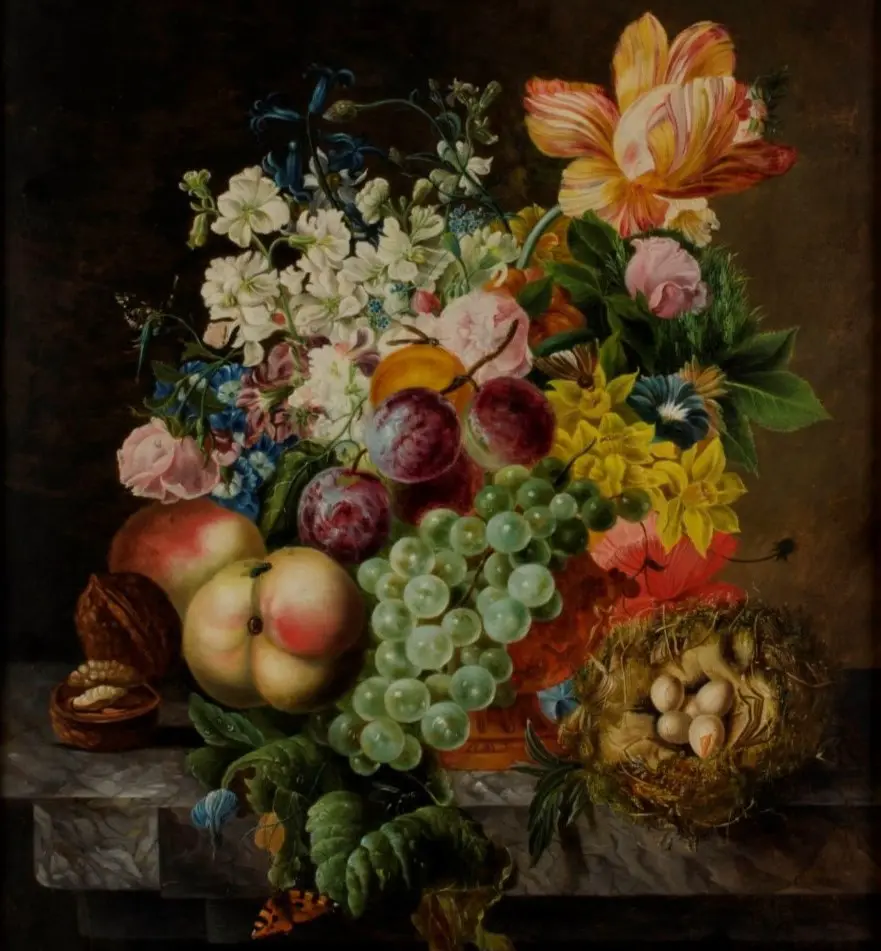
Monhegan Island Seasape
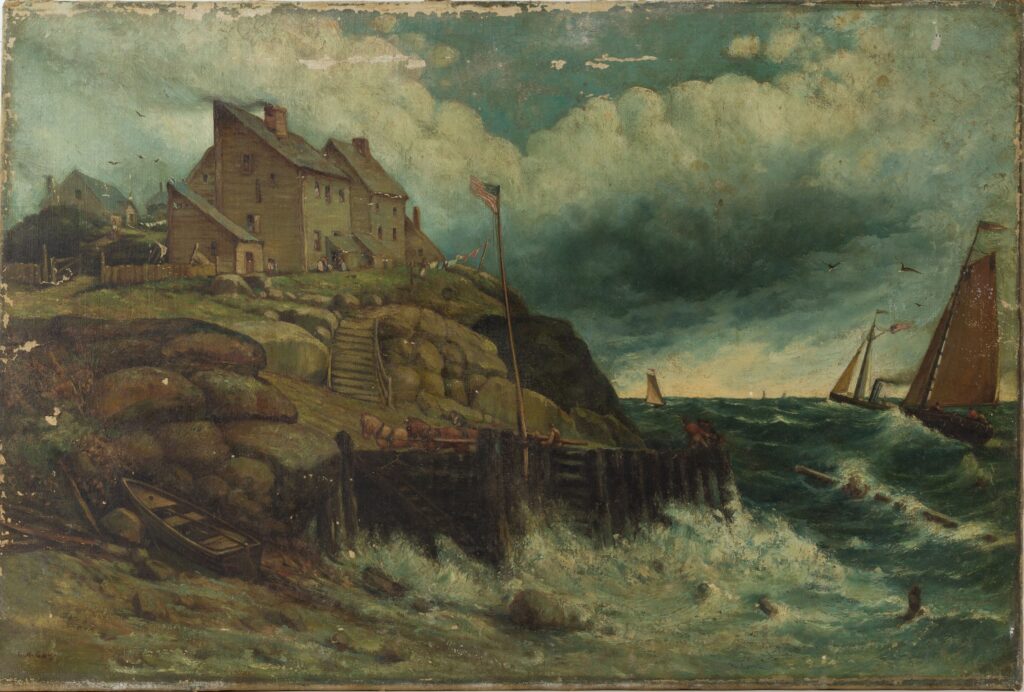

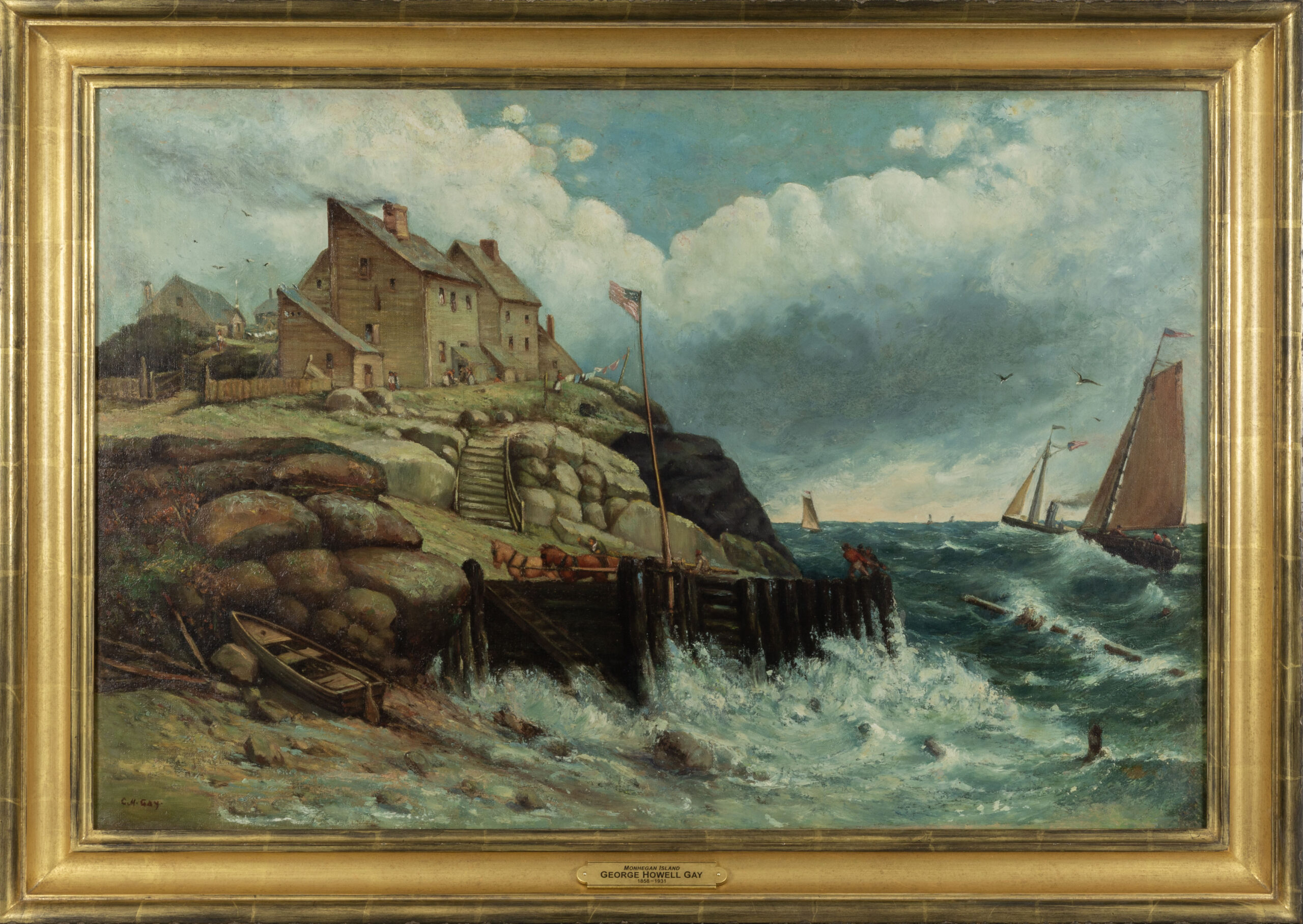
Due to the fact that our studio is located on the North Shore of Massachusetts, we often receive artwork stemming from the area’s rich maritime artistic history. We love preserving local and regional art, not least of which because we often know the areas being depicted.
When a client brought us a painting of a coastal scene of Monhegan island, we were presented with a snapshot of life on Monhegan Island in the early 20th century. The subject matter of the painting depicts a house at the shore and the rough waters on the island’s shores, creating a dramatic scene as ships make an effort to stay on course. The image recalls the area’s long history of fishing, trading, and of course, its tradition of welcoming artists and art lovers.
This rugged and remote island of Monhegan is about 10 miles off mid-coast Maine. Scarcely one square mile in size and laced with several miles of hiking trails, Monhegan Island features dramatic cliffs, crashing surf, towering spruce trees, rugged old New England architecture, and a weathered lighthouse that has inspired generations of painters since the late 19th century. Among just a few are: George Bellows, Robert Henri, Edward Hopper, Rockwell Kent, James Fitzgerald, Louise Nevelson, and three generations of Wyeths.
Our assessment of the painting revealed a heavy layer of dirt and grime, a layer of discolored old varnish as well as fairly extensive cracking, lifting paint film that had flaked off in some areas. Our conservator started by consolidating the areas of unstable paint film to prevent further paint loss. The next step was to remove the dirt, grime, and the layer of discolored varnish. The painting was then lined with Belgian linen to provide support and stability to the compromised paint film. After the lining process, we performed careful inpainting to replace the areas of damaged and missing paint film.
After the work on the painting was completed, the client chose to replace the old frame with a new antique reproduction gilded American Scoop frame to complement the painting. The restored painting and new frame were now ready to be returned to the client and hung in his house on Monhegan Island!
Paintings on Canvas Cleaning & Restoration | More Examples
19th Century Landscape, Private Collection, Boston, MA
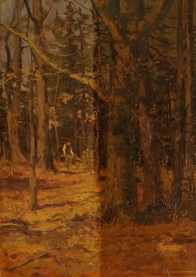
The painting was cleaned of the darkened surface grime and old varnish. A new coating of non-yellowing varnish was then applied.
Mt. Washington by Benjamin Champney 19th century, Private Collection, MA.

The painting was never varnished but was covered with a heavy layer of dirt and grime. Sometimes when there is no varnish to protect the paint surface, cleaning a painting can be very difficult. This is often the case when microscopic oil droplets from fireplaces or heating systems mix with the dirt and grime forming a film that aggressively crosses links.
Springtime by John J. Enneking 19th century, Collection of Fall River Public Library, Fall River, MA.
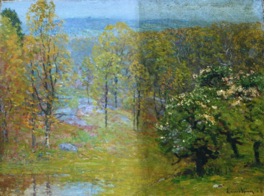
In this cleaning and restoration project, the dirt and grime were removed and the painting was lined with a new canvas support.
Mexican Landscape 20th century, Plympton Fine Arts, Plympton, MA
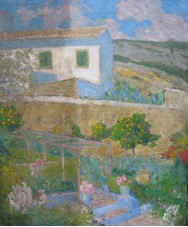
This painting had only heavy dirt and grime. Before cleaning, the white stucco was medium gray.
German Farmyard 19th century, Private collection, Worcester, MA.
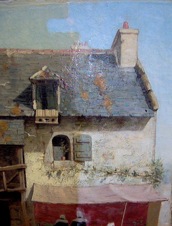
In addition to dirt and grime this painting had a thin coating of discolored varnish. Restoration proved the sky was blue, not gray.
St. Nicolas, Greek Icon, cleaning example
Contact Oliver Brothers or call us to schedule an appointment at 617-536-2323
"*" indicates required fields